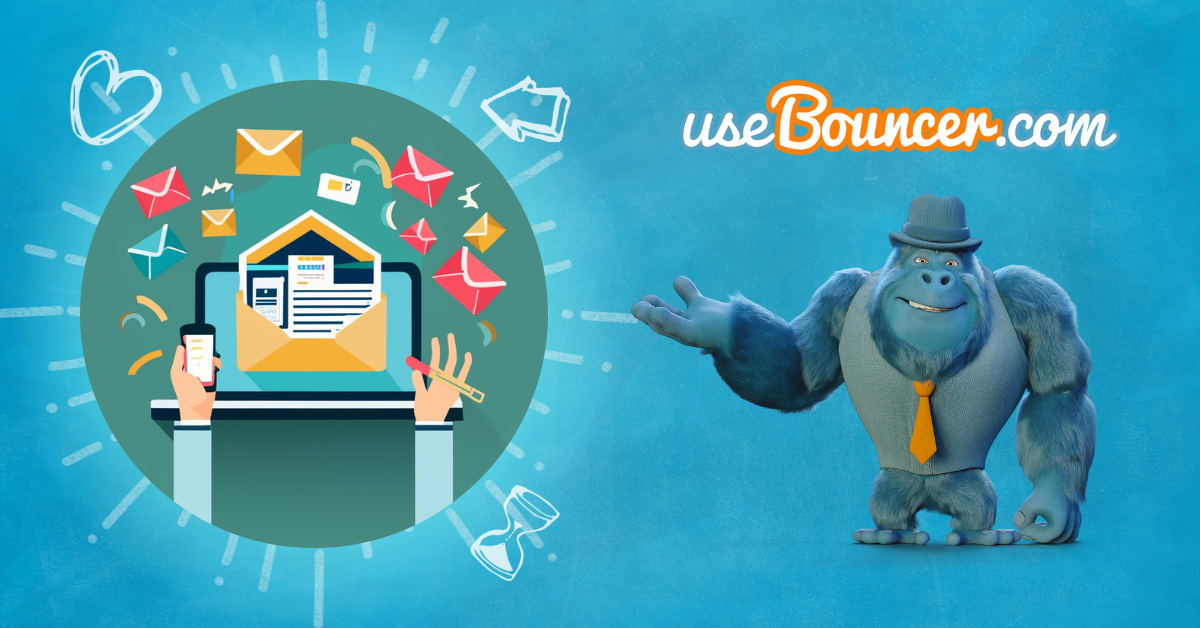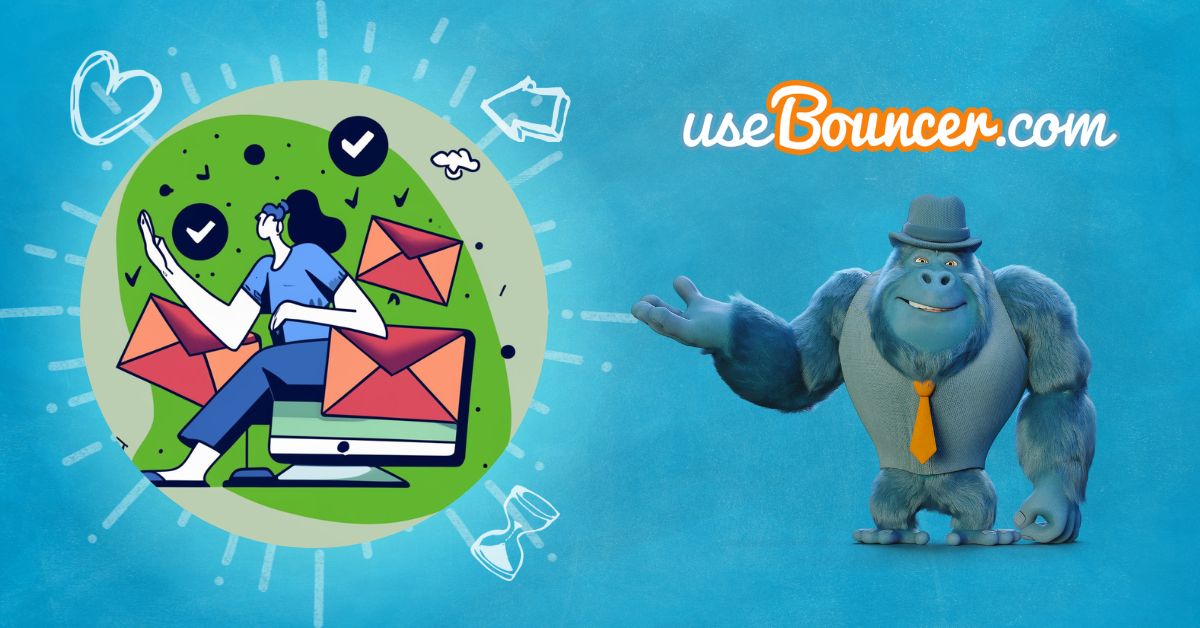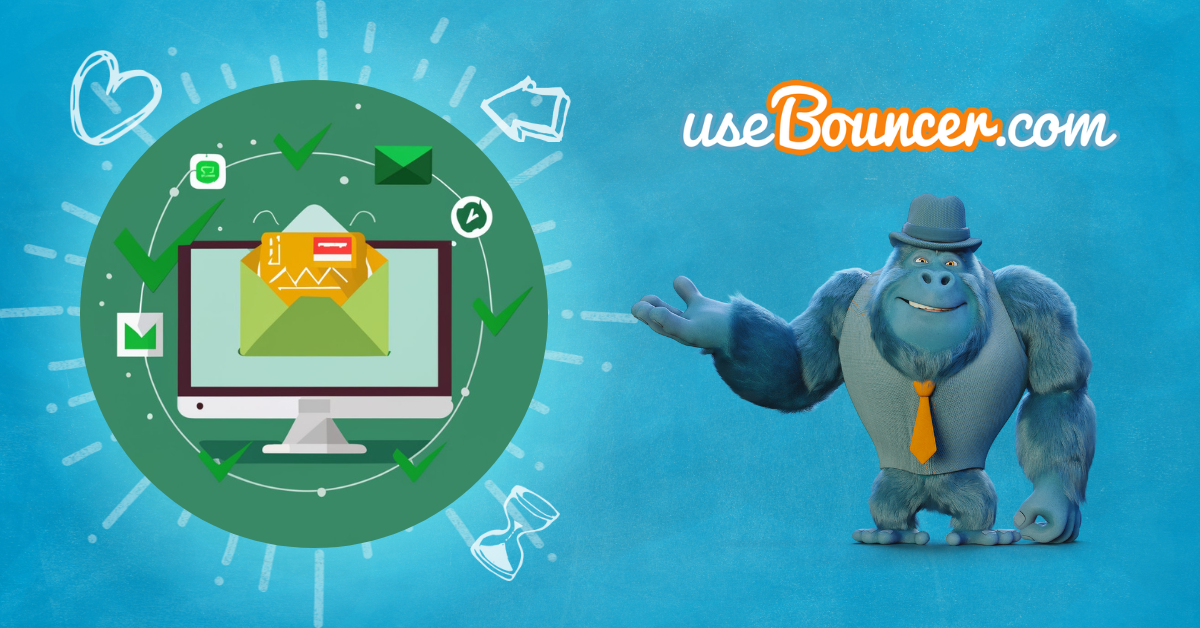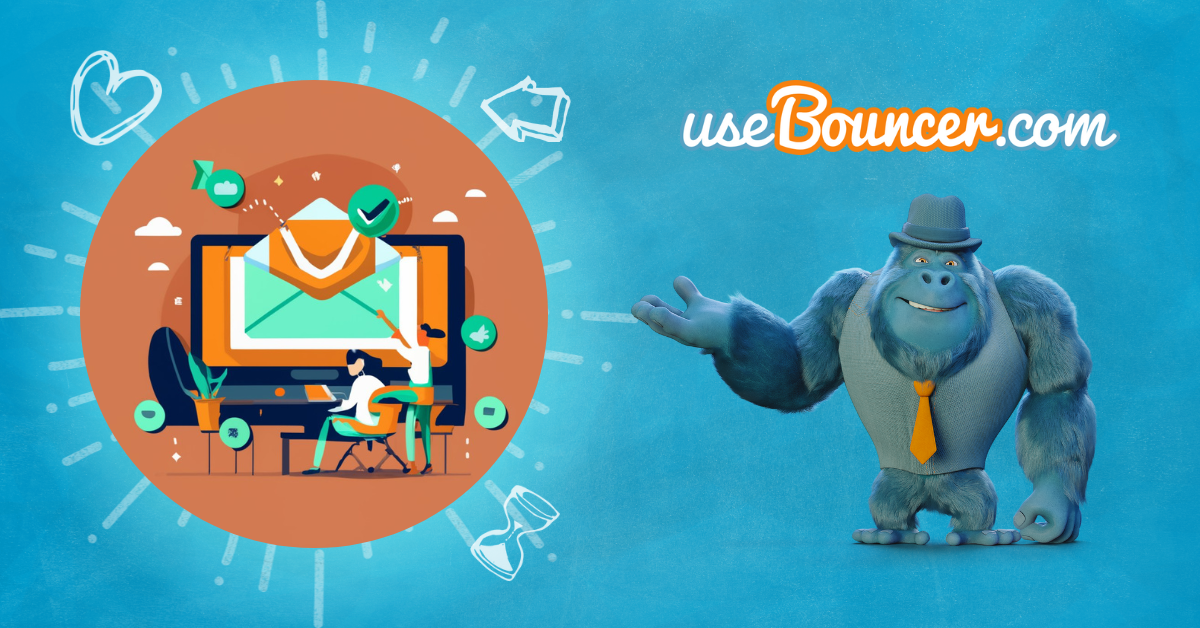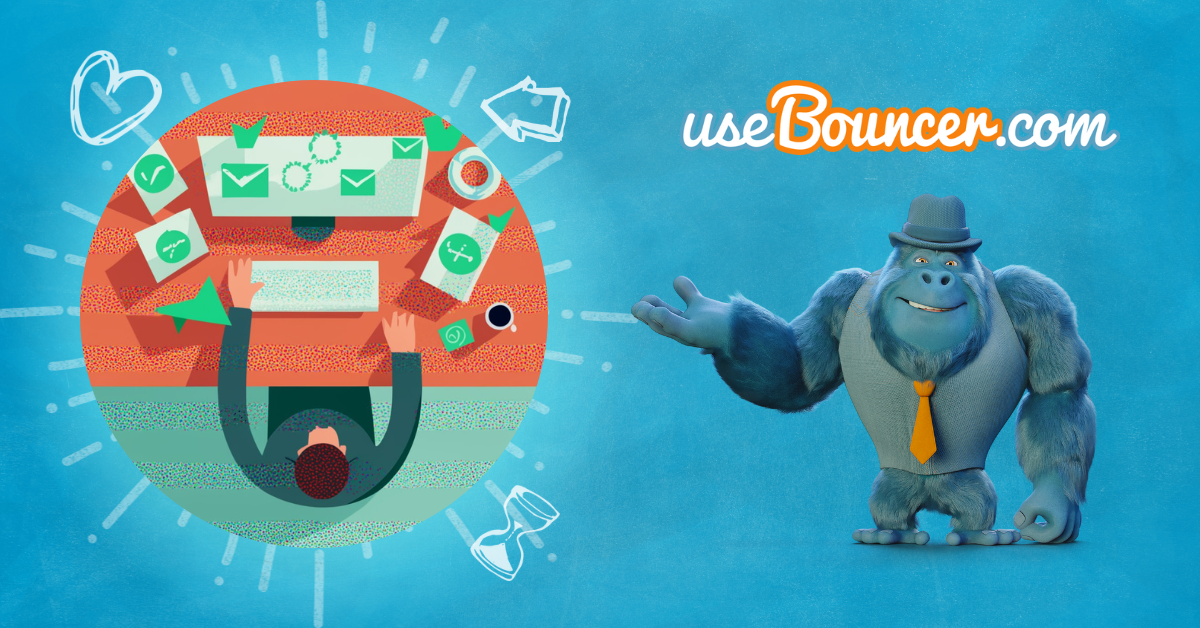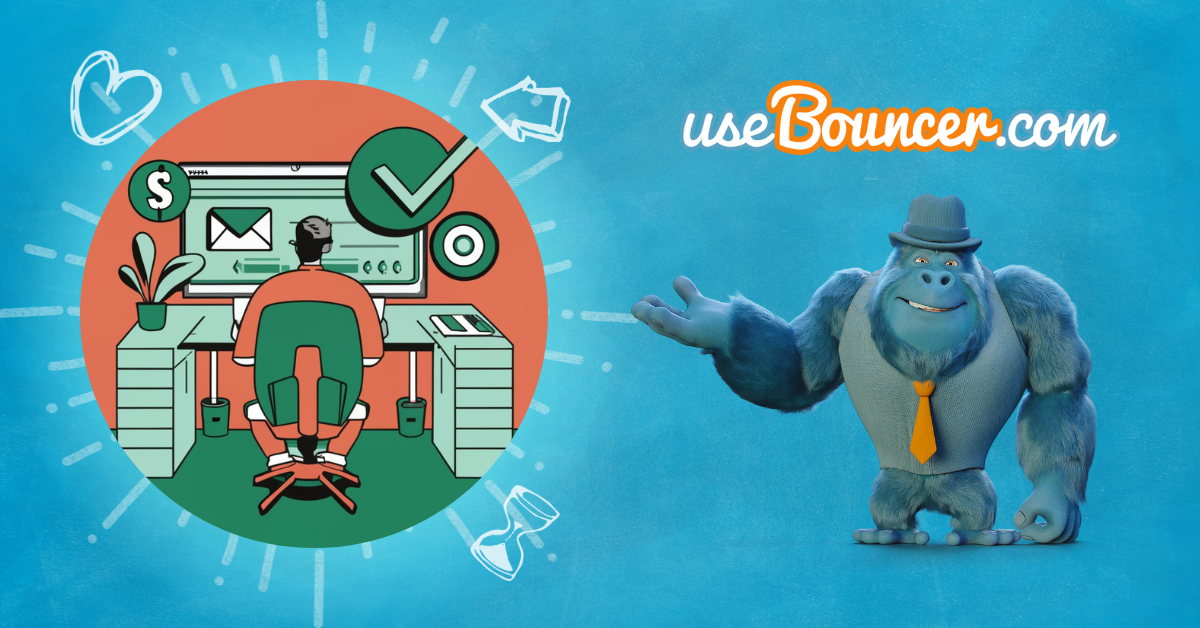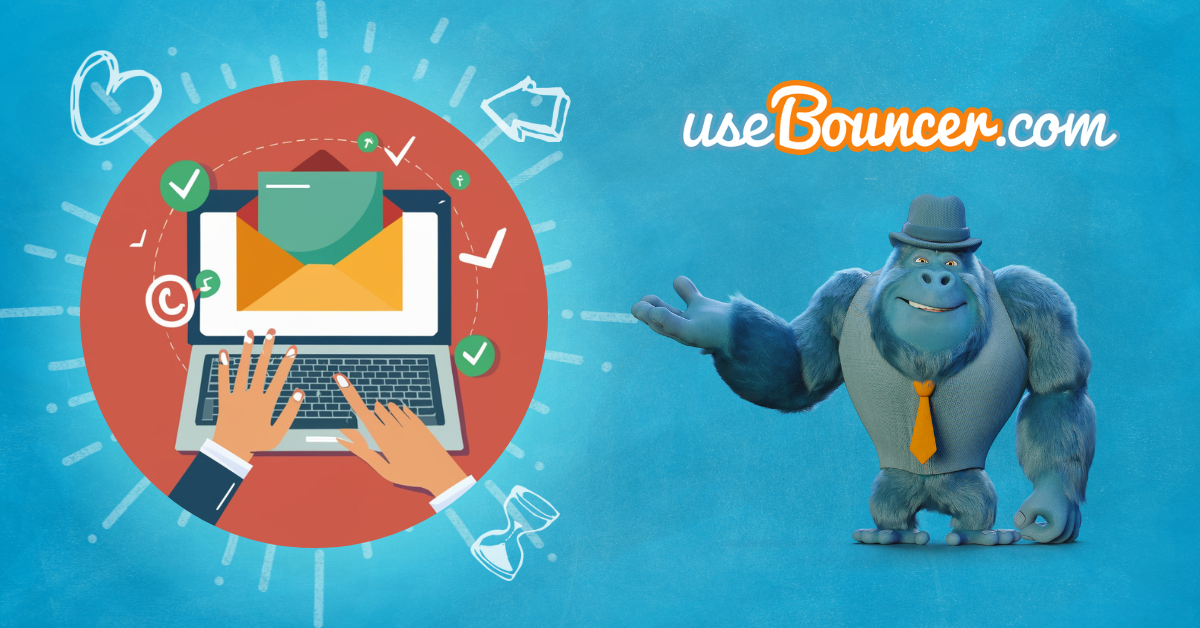With a billion marketing emails sent out every day, most people, including your customers and target audience, receive so many emails that they have to be selective when it comes to choosing which ones to open. That is why you need to personalize your communication and to do this, you will need to implement smart email list segmentation.
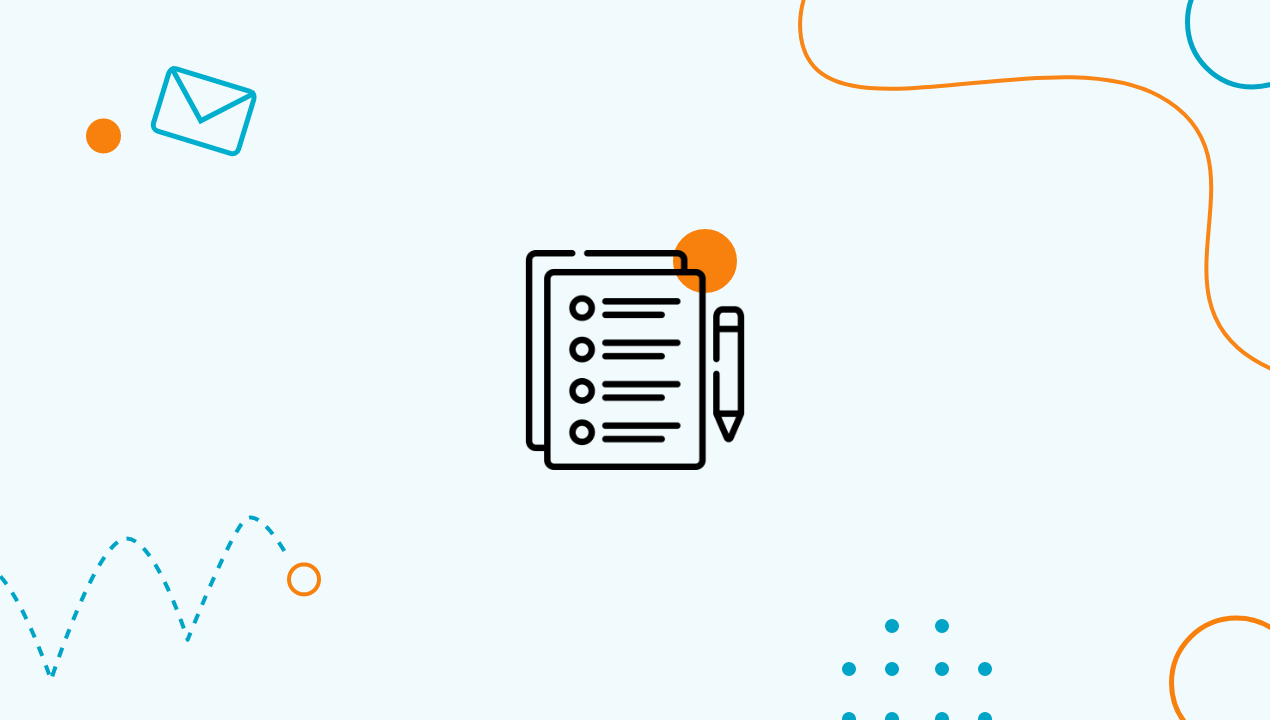
What is Email List Segmentation?
Email list segmentation is the process of separating your email subscriber list into different subsets or groups based on a range of set criteria. For example, you might create different sub-lists based on age, purchase history, gender, location, or interests.
The purpose of segmenting email lists is to add a higher personalization level to your email marketing content, enabling you to put together a targeted email marketing campaign that recipients are more likely to open, read, and respond to.
Personalization at the level today’s customers expect is only generally available through email list segmentation. For example, by segmenting customers based on their date of birth, you can send them a birthday message on or near to their birthday, along with a gift such as a discount.
Segmenting your email list to allow for a higher degree of personalization can help with the success of your email campaign by making your emails stand out from the crowd and be more likely to be the ones that recipients choose to explore.
Ultimately, customers who feel that your company understands them, their interests, and their needs are more likely to trust your brand, choose it first when making a purchase, and recommend it to others.
How to Segment Email Lists?
The first step in segmenting your email list is to collect as much valuable data on your customers as possible. You can do this in several different ways. Bear in mind that each time a customer or potential customer visits your company website, you can get valuable information from them.
You can track everything that they do on the website such as which pages they visit, which can give you a good idea of the type of services, products, or information that they might be interested in. Collecting as much information as possible gives you all the data you need, even if your marketing strategies change.
You can also use subscriber questionnaires to gather some more basic information about your email list subscribers after they sign up. However, the key here is to be short, to the point, and non-intrusive, as being asked a lot of questions or the wrong questions could have the opposite effect and leave your recipients unsubscribing instead.
It’s important to have determined your specific marketing goals before starting, as this will allow you to choose the right questions based on what you need to know.
Once you start collecting data, you can begin the process of segmenting your email list. Some popular sub-groups include demographic data, place in the buyer’s journey, cart abandonment, preferences and interests, location, active and inactive subscribers, and more.
By segmenting your email list into these various sub-groups, you can ensure that your subscribers are being provided with information that is most relevant to them.
What are the Email Segmentation Best Practices?
Choose the Right Email Tool
You need the right tool to help you get started with email segmentation. Choose a tool that is easy to use to create different email list segments based on a range of different criteria.
Keep it Simple
It’s always best to keep things as simple as possible, especially when you are just starting out with segmenting your email marketing list. Begin by choosing two or three segments that are likely to make a big difference. For example, you could segment your subscribers into lists of prospective, existing, and returning customers.
Label Early
Segmenting your contacts as soon as you get their email address is one of the most valuable email segmentation best practices to follow. It’s a good idea to use integrated software that syncs your email tools, CRM, and data-gathering tools together so that it’s easy for you to quickly determine which list new email addresses are to be put into.
Pair With Automation
Combining email segmentation with automation tools allows you to send the most relevant messages to your subscribers at exactly the right time. Once you have segmented your email list, setting up email automation to send newsletters, emails, and other information will help you ensure that your recipients are always receiving the right information at a time that is most suitable for them.
Remember User Preferences
It’s absolutely important to make sure that you are always paying close attention to the preferences of your subscribers. This allows you to continue giving your contacts what they are asking for and avoid damaging your reputation by sending them information that they don’t find relevant or don’t want.
It’s a good idea to collect data based on preferred email types and frequency so that you can create further segments based on these.
Track Results
Last but not least, tracking the results of your email segmentation efforts is a best practice that cannot be ignored. By carefully tracking your results, you can make sure that your segmented lists are correct and quickly move subscribers to different lists if necessary.
Segmentation isn’t something that can be set up and forgotten about; set time aside to track your performance and make all the necessary adjustments on a regular basis. Keep your eye on what’s performing well with lots of opens and clicks, while tracking what’s not doing as well.

Izabela is a leading contributor to the Bouncer’s blog. She is inspired to help companies all around the world to get emails into their recipients’ inboxes

